In Nature Evolving and similar late works, the “other energies” that Jock Macdonald (1897–1960) sought to represent are revealed in exquisite harmonies of colour and form. These moving paintings capture the essence of the cycles and rhythms of nature rather than its outward manifestations. Noting how the organic forms in this work emerge from the painting’s ground, critic Hugo McPherson wrote: “Here, in high degree, is the sensitive strength, the integrity and repose which are Jock Macdonald’s particular gifts.”

Oil and Lucite 44 on canvas, 111.8 x 137.2 cm, Art Gallery of Ontario, Toronto
In Nature Evolving the image rises from the base of the canvas to occupy the surface, where it breathes in an atmosphere of infinite space. The surging shapes and variegated colours suggest growth and life. His students recount that Macdonald often showed them slides of microscopic specimens from nature to illustrate the elemental patterns and rhythms in nature, and it is likely that these slides provided the inspiration for this work.
Nature Evolving, like Fugitive Articulation, 1959, which is similar in its dynamic composition, represents Macdonald’s continuing quest for a meaningful contemporary artistic expression. Rather than representing the image viewed through the microscope, Macdonald has sought to express not “the exact appearance of nature, but rather … the spirit therein.” The search he began in 1934 with Formative Colour Activity had finally come to fruition.
This Spotlight is excerpted from Jock Macdonald: Life & Work by Joyce Zemans.
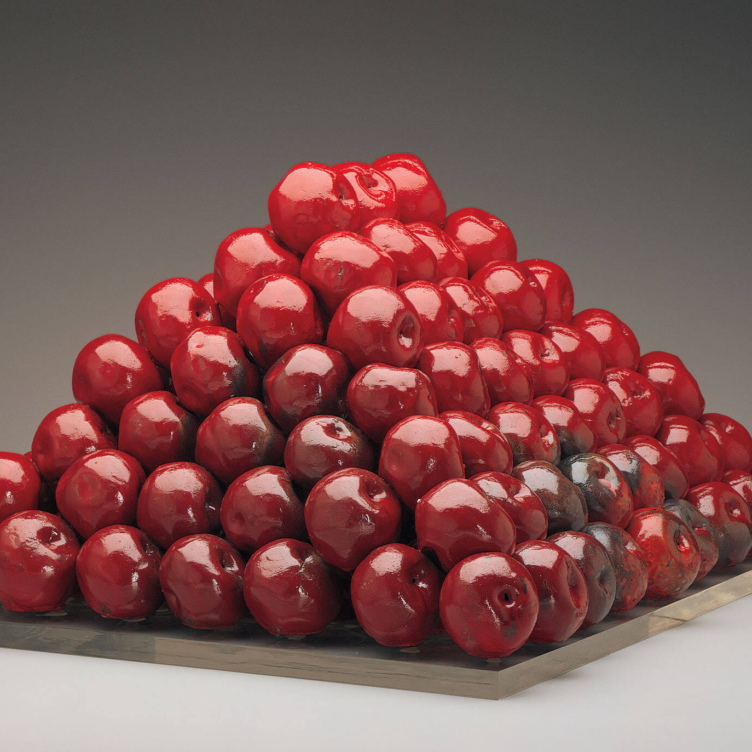 Pyramid Scheme
Pyramid Scheme
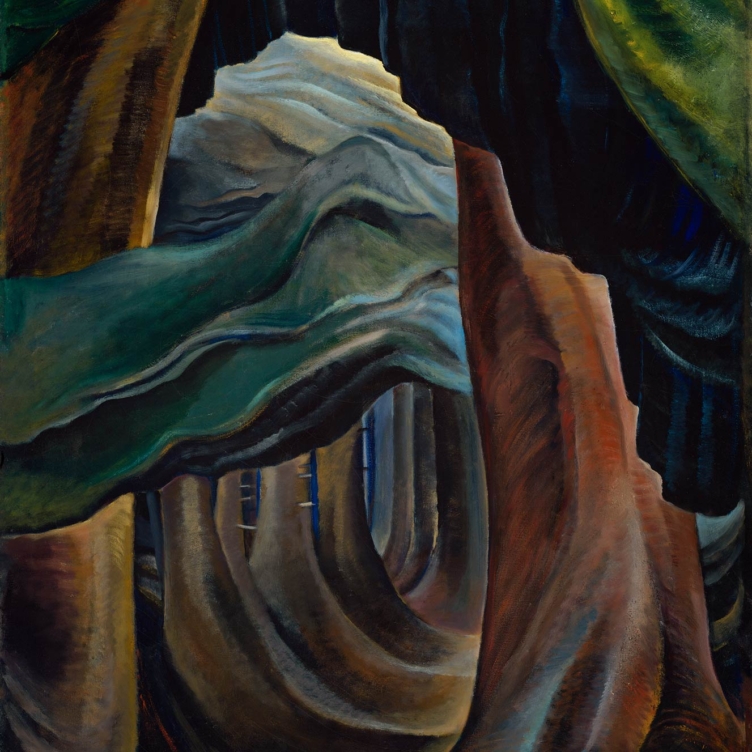 Transportive Trunks
Transportive Trunks
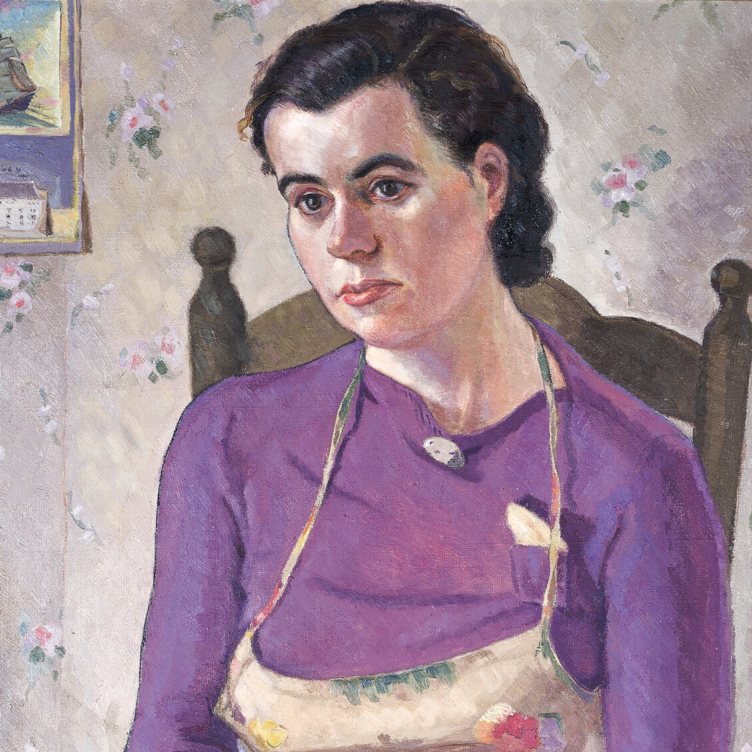 The Military Mate
The Military Mate
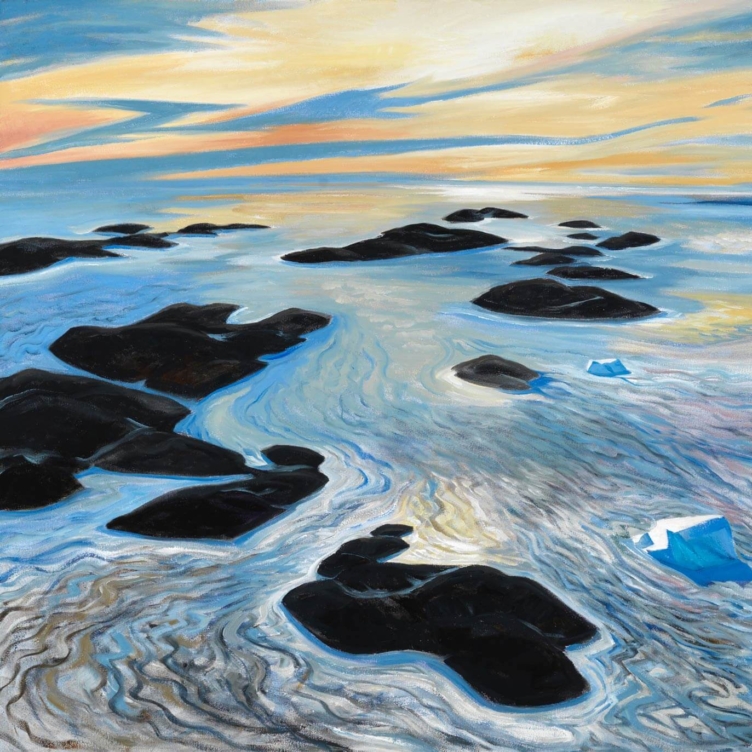 Looking Up on the World
Looking Up on the World
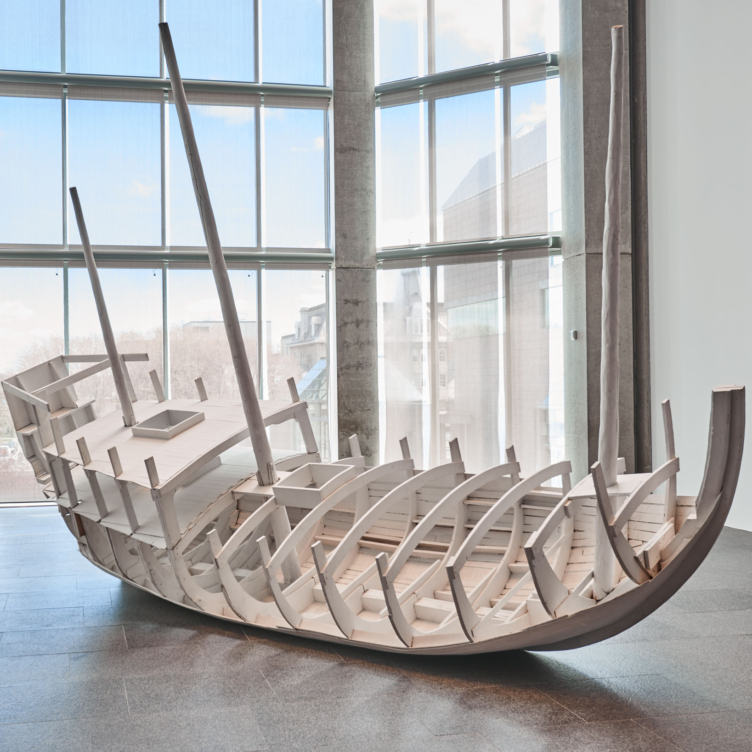 Vessel of Despair
Vessel of Despair
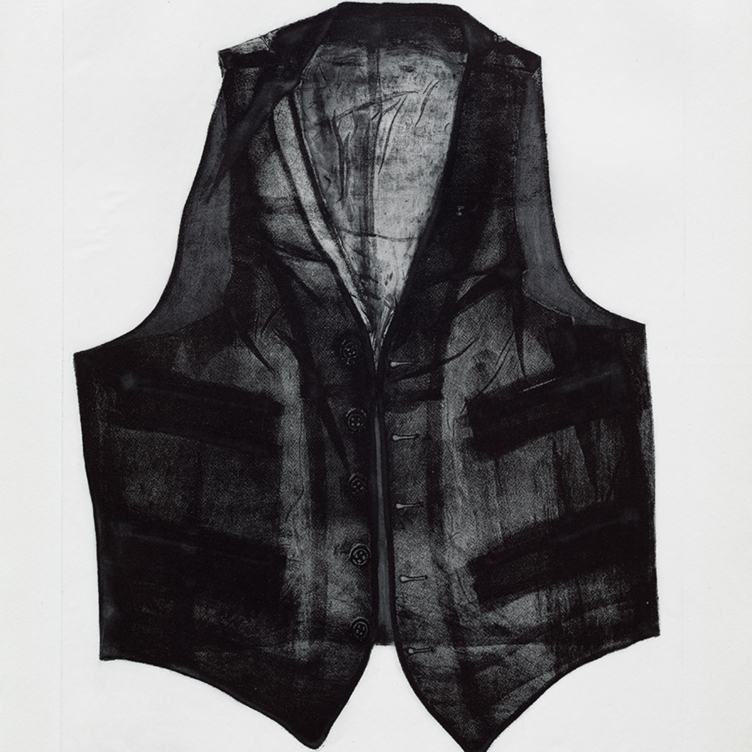 Layers of Meaning
Layers of Meaning
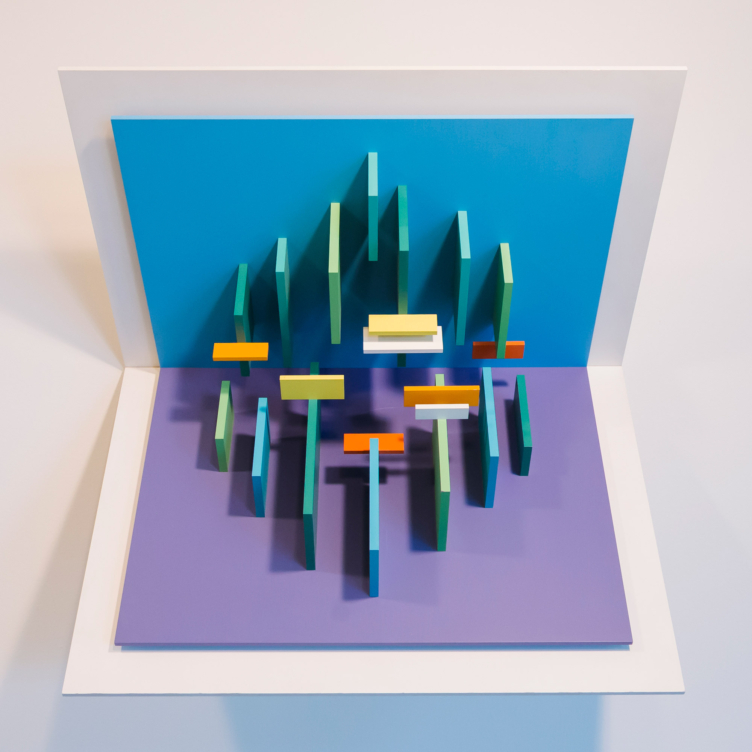 In Parallel to Nature
In Parallel to Nature
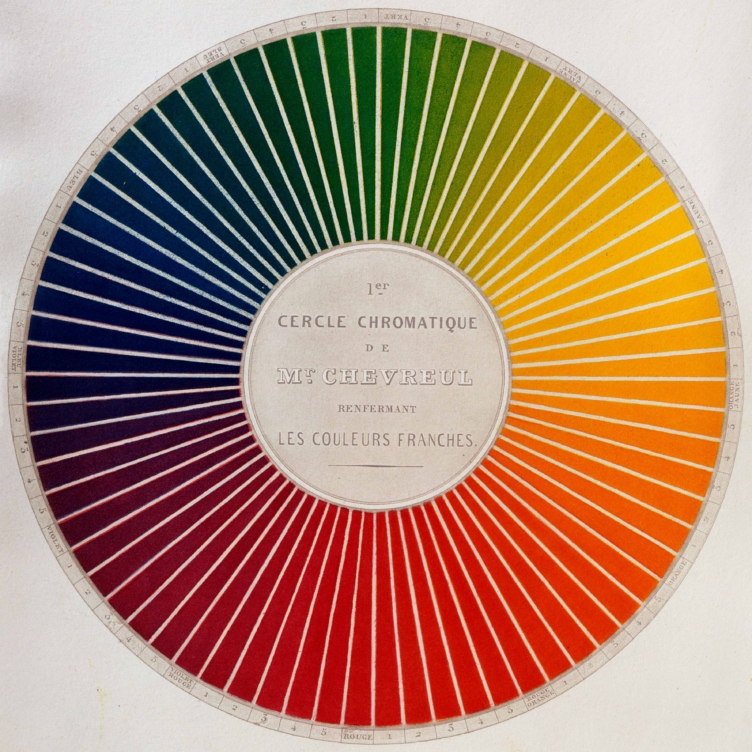 Wheel of Fortune
Wheel of Fortune
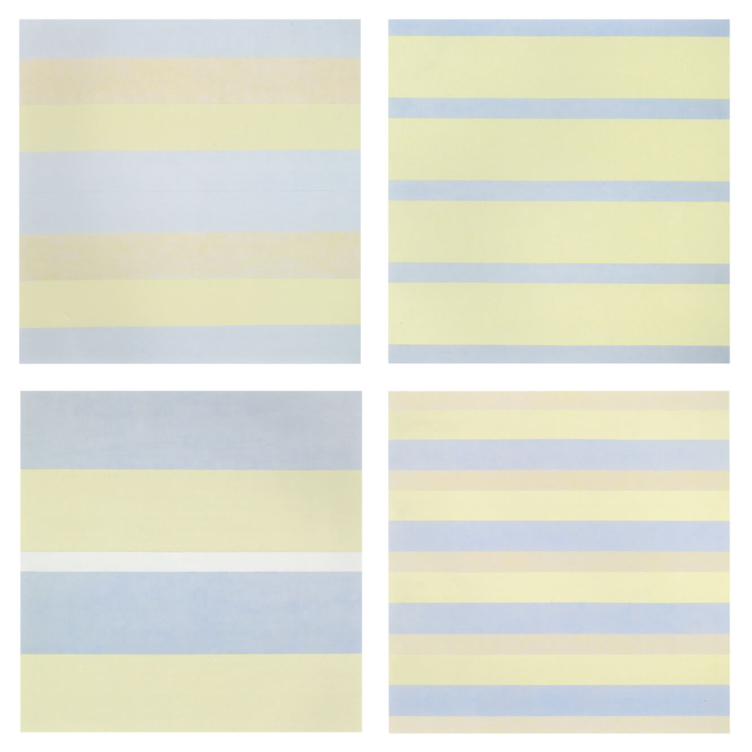 Paintings after emotional states
Paintings after emotional states
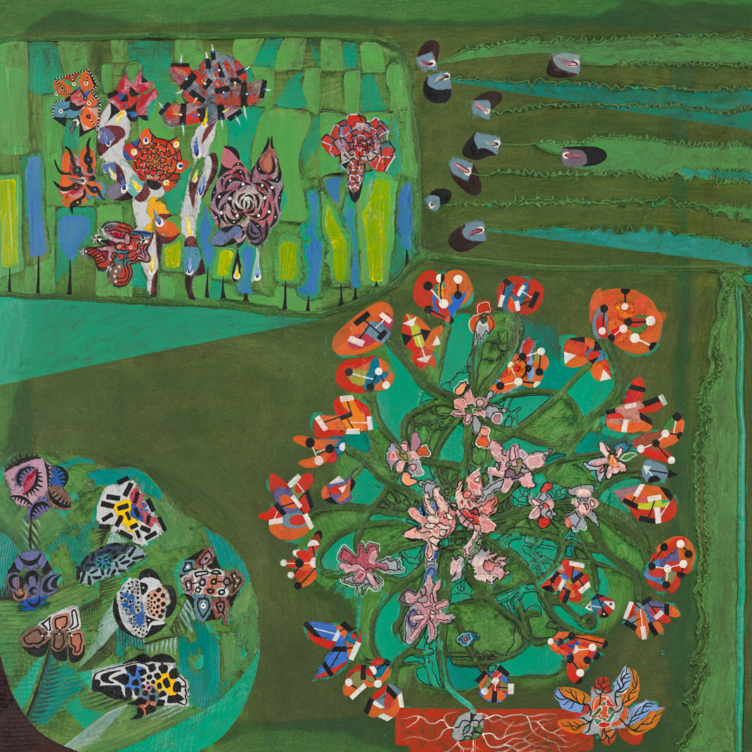 Garden of Delight
Garden of Delight
 Stitching the Archives
Stitching the Archives
 A Working-Class Hero
A Working-Class Hero
 Imagining Entangled Futures
Imagining Entangled Futures
 Bridging Far and Near
Bridging Far and Near
 Soft Power
Soft Power
 Imagining Emancipation
Imagining Emancipation
 A Priceless Portrait
A Priceless Portrait
 Meditation in Monochrome
Meditation in Monochrome
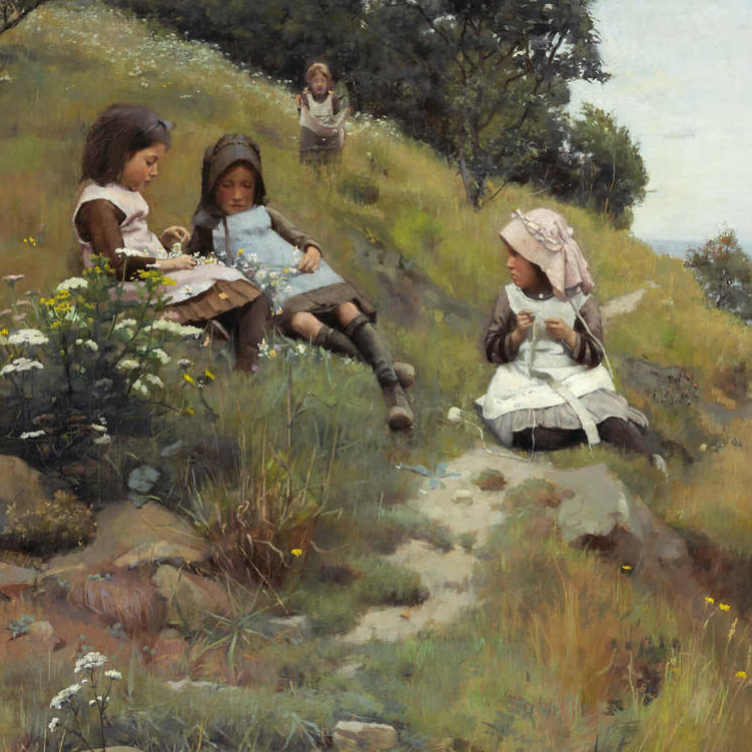 Making His Mark
Making His Mark
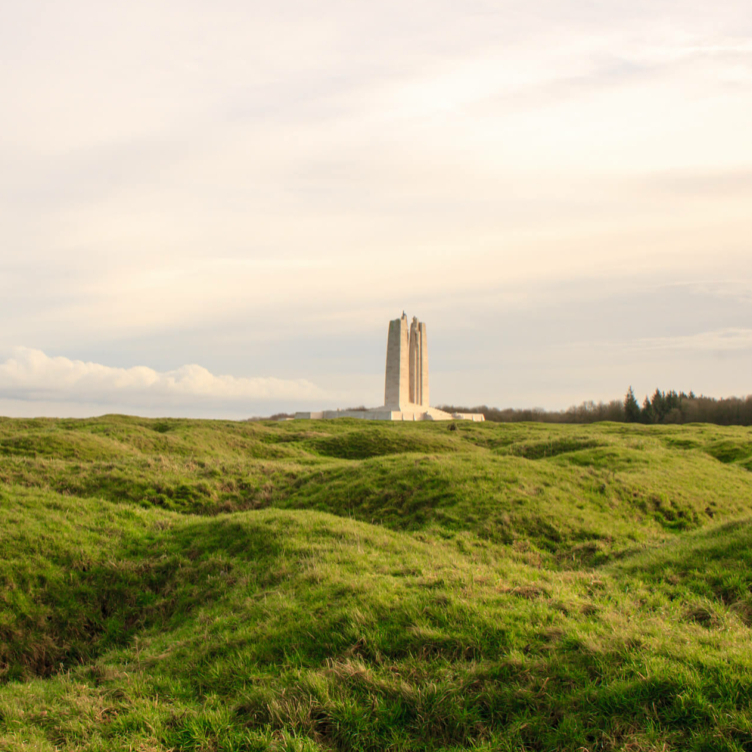 Honour and Sacrifice
Honour and Sacrifice